Did you know that one cybersecurity platform claims to have predicted every major cyber threat in the last five years? This claim isn't just a boast; it's a challenge to the entire cybersecurity industry to keep up. With hackers evolving and corporations becoming more vulnerable, the stakes have never been higher.
As data breaches become a daily headline, 2025's cybersecurity platforms are tackling issues more critical than ever. Businesses across the globe are in a scramble to protect sensitive data from increasingly sophisticated cyber criminals. But which platforms truly stack up to the challenge? Stay tuned as we delve into the unseen dynamics behind today’s most talked-about cybersecurity tools.
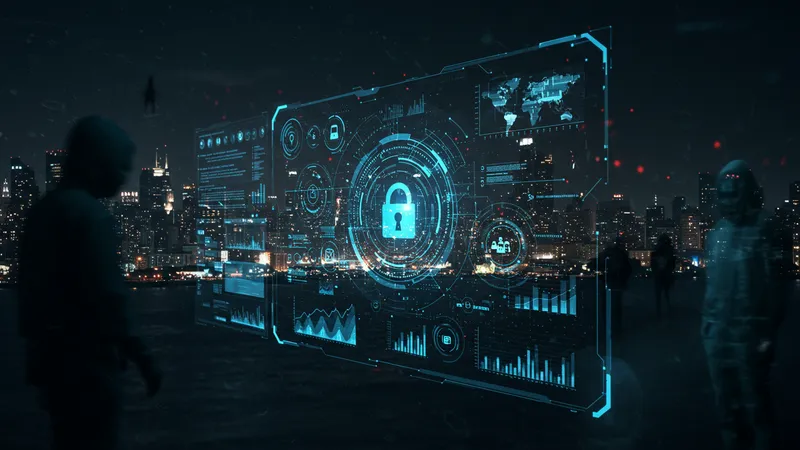
Surprisingly, not all cybersecurity platforms offer the protection they promise. Recent studies reveal that some top-tier platforms failed to detect 30% of new malware threats. This shocking statistic underscores the urgent necessity for businesses to choose their digital shields wisely. But that’s not even the wildest part…
Intriguingly, one platform, previously underrated, has made headlines by successfully foiling a full-scale attack from a well-known hacker group. This unexpected success story is reshaping corporate security paradigms, prompting experts to reconsider their recommendations. But what happens next shocked even the experts…
Imagine a framework that not only anticipates threats but also learns their tactics in real-time. Welcome to the world of SentinelOne. This platform emerged as a dark horse, intercepting an attack that could have left hundreds of companies in disarray. It’s not just another cybersecurity tool; it’s becoming the standard others are measured against. But there’s one more twist…
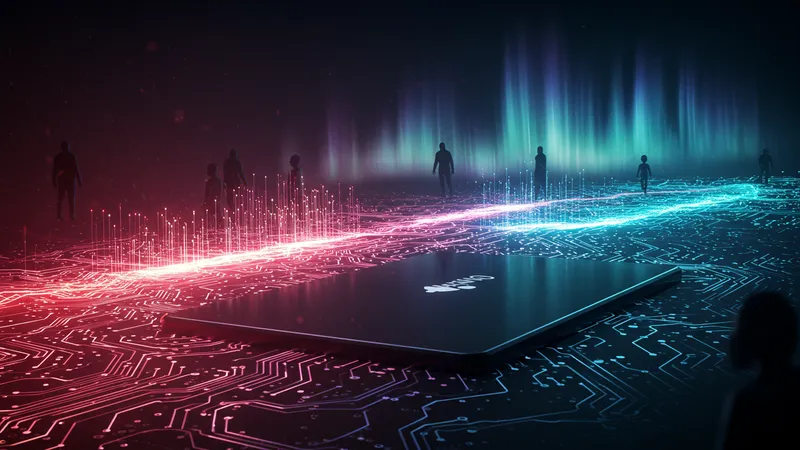
Many industry insiders were initially skeptical of SentinelOne. They underestimated its potential, yet the platform proved capable not only of defending against but also reversing damaging cyber effects. Its deep-learning algorithms are setting new benchmarks for the industry, challenging what was previously thought possible.
Despite initial doubts, SentinelOne has begun to attract considerable attention from both small and big players in the tech field. Clients have testified to its predictive capabilities, noting how operations have improved exponentially since adopting it. What you read next might change how you see this forever.
Advanced features like autonomous response mechanisms mean that threats are not only detected but also neutralized without human intervention. The implications of this are enormous, especially for industries where time is of the essence. The future holds untold developments in their intelligent cybersecurity technology…
As industries increasingly migrate to cloud solutions, the demand for cloud-centered security has skyrocketed. Palo Alto Networks’ Prisma Cloud stands out, showcasing why cloud security is more crucial than ever. Companies rave about its ability to monitor and secure multiple environments seamlessly. But the story doesn’t end there…

Prisma Cloud offers features that were, until recently, considered futuristic. Imagine real-time incident response, dynamic resource protection, and intricate compliance scanning all in one platform. These capabilities are reshaping how corporations view cybersecurity strategies, urging a wider rethink.
What’s even more surprising is Prisma Cloud’s ability to integrate with legacy systems without causing disruption—a long-standing challenge for many other platforms. Its strength lies in its flexibility and adaptability, making it suitable for diverse corporate needs. However, the hidden costs of such adaptability remain a point of discussion.
Yet, even with these advancements, the question remains: is the era of traditional on-premises security systems truly over? Some experts argue that hybrid models may offer the best of both worlds. With new innovations steadily emerging, what industry secrets will emerge next?
Corporate budgets for cybersecurity have ballooned, but are businesses truly getting their money’s worth? Many companies are shocked to discover that up to 40% of their cybersecurity expenses could be avoidable. But before you reconsider your budget, consider this…
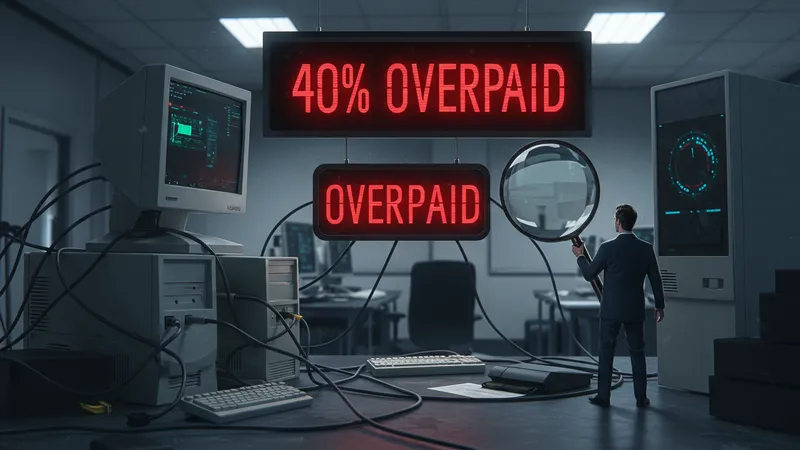
Interestingly, a significant portion of the costs comes from outdated mechanisms rather than cutting-edge solutions. These hidden inefficiencies not only drain resources but also leave companies vulnerable. Diving deeper reveals how a strategic overhaul can save thousands.
However, cutting costs doesn’t mean skimping on security. Experts recommend leveraging cost-friendly automation tools that maximize both efficiency and protection. The savvy use of these resources could redefine budget allocations, making room for innovation.
But how do companies discern necessary expenses from mere bells and whistles? With the line between essential and redundant services growing thinner, scrutiny is more critical than ever. Could your company be the next to revolutionize its cybersecurity spending?
Open-source software in cybersecurity has often faced skepticism. Yet, platforms like Snort and OpenVAS have proven indispensable and reliable. Surprisingly, many leading corporations are quietly adopting these tools. Here’s why they find them irresistible…
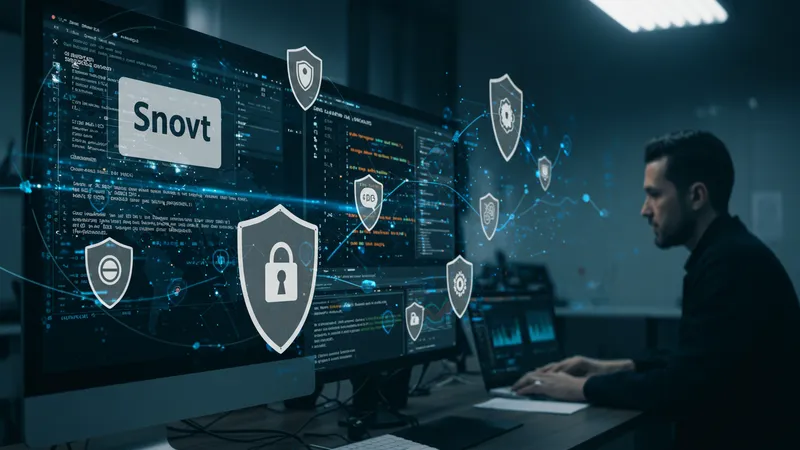
These open-source solutions, backed by robust community support, offer unparalleled transparency. Many experts argue that their open nature allows quicker identification and patching of vulnerabilities, a considerable advantage over proprietary software.
Furthermore, the cost benefits are undeniable. Companies using these platforms typically report significant reductions in their cybersecurity spending. Yet, some remain wary about their perpetual reliance on community-driven updates. Should that be a cause for concern?
But as open-source tools continue to evolve, will they eventually dominate the field? Or do they inherently lack the resources and scale offered by commercial solutions? This evolving debate keeps experts on their toes as they weigh the pros and cons for future strategies.
In 2025, Artificial Intelligence isn’t just a buzzword; it’s integral to cybersecurity frameworks. Tools like IBM’s Watson have been adopted by many for their sheer predictive power. But is AI the ultimate silver bullet? Let’s dig deeper…

The appeals of AI are hard to ignore—faster threat detection, enhanced decision-making, and the ability to handle massive data volumes. These capabilities have placed AI-driven platforms at the forefront of corporate security conversations.
However, AI’s rapid advancement poses its own set of problems. Over-reliance can lead to a false sense of security, as hackers also devise AI-driven tactics. This unexpected arms race demands vigilance and adaptability from businesses.
As companies assess AI’s role in their security postures, balancing technological investment with traditional expertise remains key. Will AI strengthen our cyber defenses, or does its unpredictability pose an unprecedented risk? The stakes have never been higher…
IoT devices are revolutionizing industries, yet their integration presents new cybersecurity challenges. The biggest concern involves the sheer volume of unsecured entry points. But what if they could tell you about themselves before a breach even occurs?
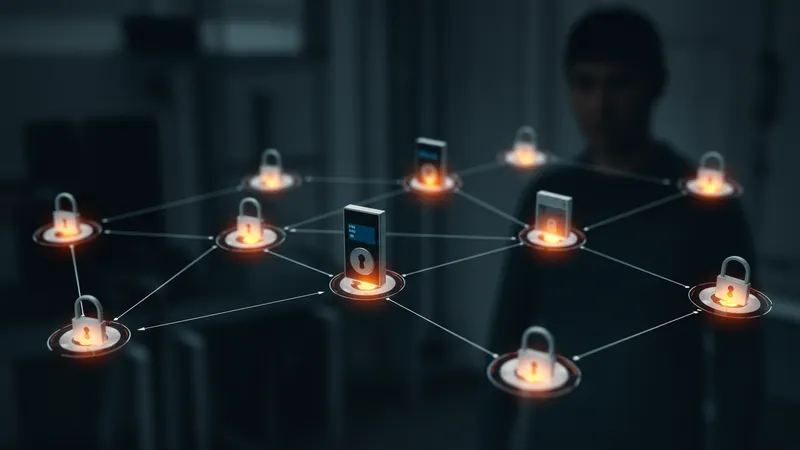
Intriguingly, IoT devices like smart locks and industrial sensors have access to massive amounts of critical data. However, this connectivity makes them prime targets. Businesses need to reconsider their strategies for mitigating IoT-related risks.
One proposed solution is to adopt innovative security frameworks that utilize anomaly detection algorithms. Without them, the IoT system's very convenience could become its downfall, an ironic twist given their intended purpose.
As the IoT landscape evolves, constant vigilance and adaptive strategies are critical to maintaining secure networks. With the Internet of Things growing daily, our approach to their security demands an equally rapid transformation. What's next in this evolving tech narrative?
Ransomware remains a terrifying cyber threat, forcing businesses to reassess their defenses. Known to halt operations completely, these attacks are evolving in sophistication. But could there be a radical shift in how they're handled?
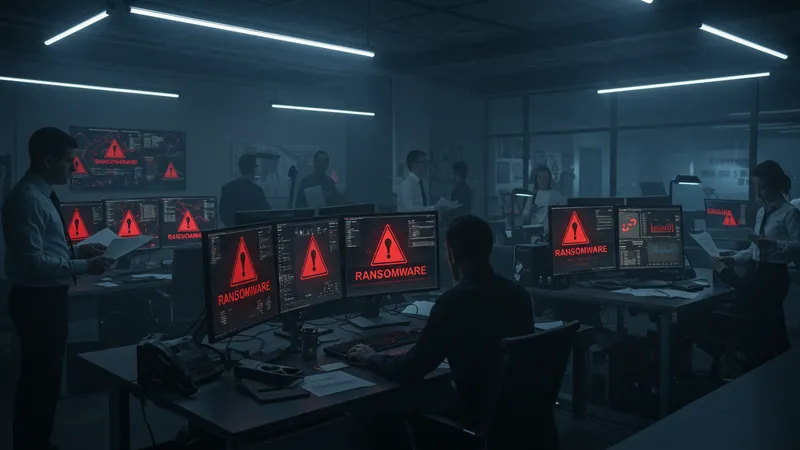
Shockingly, these attacks have become so prevalent that some say companies should consider making ransomware-specific budgets. The thought of factoring in potential ransom payments was unthinkable only a few years ago. How can companies prepare for this new normal?
Industry leaders suggest employing cybersecurity insurance as a protective measure against ransomware demands. Although not a foolproof solution, this safety net provides some semblance of reassurance. Are businesses ready for this paradigm shift?
The ongoing battle against ransomware necessitates constant innovation and adaptation. As both methods of attack and defense evolve rapidly, cybersecurity remains a field where stagnation is the real threat. What strategies will rise to prominence next?
With cybersecurity dilemmas growing, the Zero Trust model gains traction. It challenges the premise of traditional security, operating on the “never trust, always verify” doctrine. But can it truly solve all existing issues?
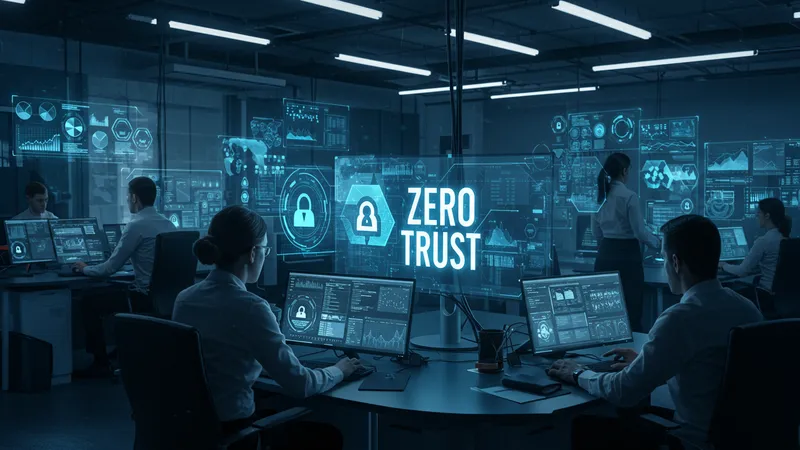
This architecture requires comprehensive verification of user identity and device integrity, straying from the standard perimeter security model. Yet some corporations express concerns about the complexities and cost implications of a full-fledged Zero Trust rollout.
However, proponents highlight that the model significantly reduces potential attack surfaces. By ensuring strict access controls throughout the network, businesses find unexpected peace of mind in an era of cyber uncertainty. Is this the future we need?
The transition to Zero Trust is no small feat, demanding rigorous planning and execution. As firms weigh its benefits against the sheer scaling challenge, one thing is certain: a secure future requires out-of-the-box thinking. Is your business ready to take the leap?
Amid advancing technologies, employee education remains a crucial yet underappreciated aspect of cybersecurity strategies. With human error accounting for a notable portion of breaches, enhancing awareness is vital. But is it receiving the attention it deserves?
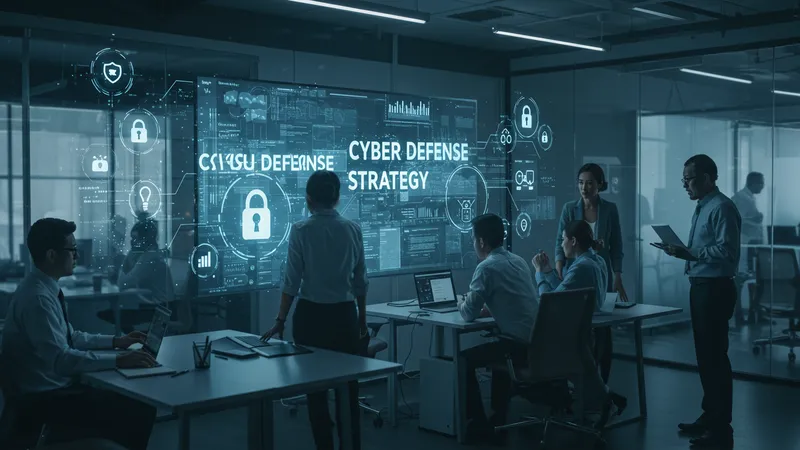
Companies are investing in extensive training programs to equip employees with essential cybersecurity skills. Yet, gaps persist. Surprisingly, interactive and ongoing educational efforts increase a company's safety net more effectively than a few dense seminars could.
This proactive approach empowers workers across all levels, creating a cohesive and informed defense mechanism. Moreover, organizations witness boosts in productivity as employees handle digital tools more adeptly. Is education the key to foolproof security?
As threats evolve, so must our understanding. Ensuring a knowledgeable workforce capable of recognizing and neutralizing hazards is integral. Are businesses prepared to invest in this invaluable aspect of their cybersecurity framework?
In a connected world, third-party partnerships present an unwelcome challenge: they can act as indirect gateways for cyber threats. Shocking figures reveal that incidents related to third parties are on a steep rise. But does this mean the era of outsourcing is over?
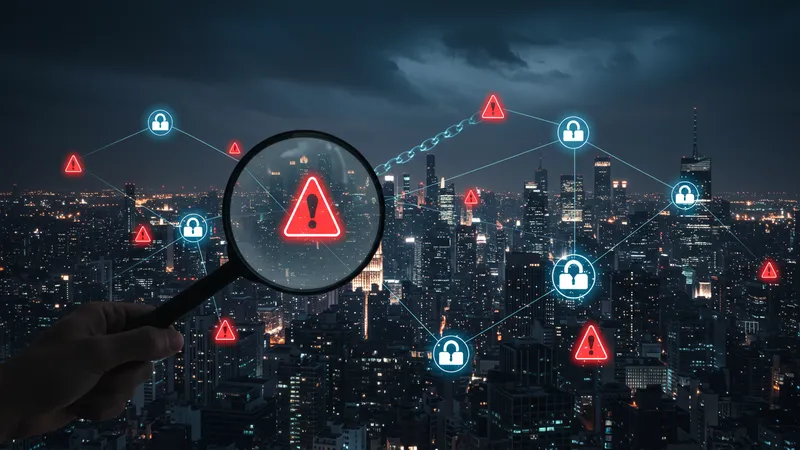
Vigilance and scrutiny in third-party choices help mitigate risk. Thorough audits and continuous monitoring are necessary steps in ensuring external collaborations don’t become liabilities. But how many businesses actually follow through?
Enterprise risk management strategies are increasingly incorporating third-party risk assessments into their core. Those who overlook this crucial aspect of cybersecurity often suffer grave consequences. Are you ready to address potential weak links?
Third-party risk should be a top-priority discussion point, not an afterthought. As businesses navigate this dynamic landscape, will they rise to the challenge, safeguarding against potential breaches? The clock is ticking, but solutions are within reach.
Quantum computing promises powerful advances but also poses a considerable threat to current encryption methods. As nations and organizations ramp up their quantum efforts, cybersecurity must adapt rapidly. But are we on the brink of a cryptographic crisis?

A journey into post-quantum cryptography is not just necessary but urgent. While current encryption might falter against quantum attacks, scientific communities work relentlessly to develop quantum-resistant algorithms.
Implementing these cutting-edge cryptographic solutions might be our lifeline. Companies must assess their readiness to withstand future threats, adopting strategies that ensure data integrity against quantum interference. Such foresight could mean the difference between safety and disaster.
Transitioning to a quantum-secure world demands significant investment, and the clock is ticking. As the future unfolds, what’s your company’s position in this unfolding global paradigm shift?
To attack or not to attack? A morally complex question arises as companies engage in pre-emptive cyber strikes to deter potential threats. This controversial approach blurs ethical lines, demanding a closer look.

Proponents argue that offensive cybersecurity measures are necessary to ensure maximum protection. Yet, this raises critical questions about legality and potential collateral damage. In defending displays of force, what are we sacrificing?
Organizations must weigh their protective instincts against ethical considerations, balancing offensive strategies with defensive robustness. The stakes involve not only corporate integrity but also reputational risk. Are you prepared for the consequences?
The debate on offensive cybersecurity continues, with significant implications for global norms and regulations. As the dialogue evolves, how will your company position itself in this heated arena? Understanding your stance now is crucial for navigating future complexities.
Amid the chaos of technological evolution, the human element remains paramount. Building resilient defenses encompasses not just tools and algorithms but also innovatively embedding human instincts in security layers. But how do we achieve this?

Emphasizing diverse perspectives within security teams builds more robust, unpredictable defense strategies. The interplay of human intuition and digital precision fosters a uniquely adaptable cybersecurity framework.
The future calls for conscious, ethical security designs that grow alongside evolving needs. Transformative leadership and interdisciplinary collaboration are key to realizing this vision. In leveraging human potential, how prepared is your organization for future challenges?
As technology advances, the path forward must blend human insight with digital intelligence. The future of cybersecurity is not in isolation but integration. Could your team embody this harmonious approach, leading through such uncertainty?
The exploration of 2025’s most trusted cybersecurity platforms illuminates a compelling narrative of innovation battling complexity. Making intuitive choices safeguards organizational integrity against unforeseen threats. If this journey captivated you, share with your peers, bookmark for a reread, or take action—your digital future hinges on readiness and adaptation.